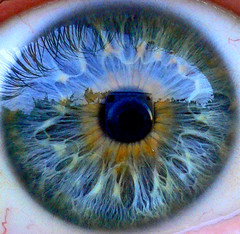The Crab Nebula is a six-light-year-wide expanding remnant of a star's supernova explosion. This composite image was assembled from 24 individual exposures taken with the NASA Hubble Space Telescope�s Wide Field and Planetary Camera 2 in October 1999, January 2000, and December 2000. It is one of the largest images taken by Hubble and is the highest resolution image ever made of the entire Crab Nebula.
So here is in fact a snapshot of the nebula as human civilization passes a major milestone. It's an anniversary of sort for the nebula as well, as the Crab Nebula was first observed, with the naked eye, just about a millenium ago in year 1054. From the Messier Catalog:
The supernova was noted on July 4, 1054 A.D. by Chinese astronomers as a new or "guest star," and was about four times brighter than Venus, or about mag -6. According to the records, it was visible in daylight for 23 days, and 653 days to the naked eye in the night sky. It was probably also recorded by Anasazi Indian artists (in present-day Arizona and New Mexico), as findings in Navaho Canyon and White Mesa (both Arizona) as well as in the Chaco Canyon National Park (New Mexico) indicate.
Prof Zhi Cheng Xiao at the Institute of Molecular and Cell Biology and Prof Gavin Dawe et al at the Stem Cell Research Center of the National University of Singapore They showed that stem cells from the fetus in the womb find their way into the maternal brain, where they differentiate into cells of the nervous system and *may* become a part of the mom's thought process. Fascinating stuff.
Technorati Tags:
Astronomy






No comments:
Post a Comment